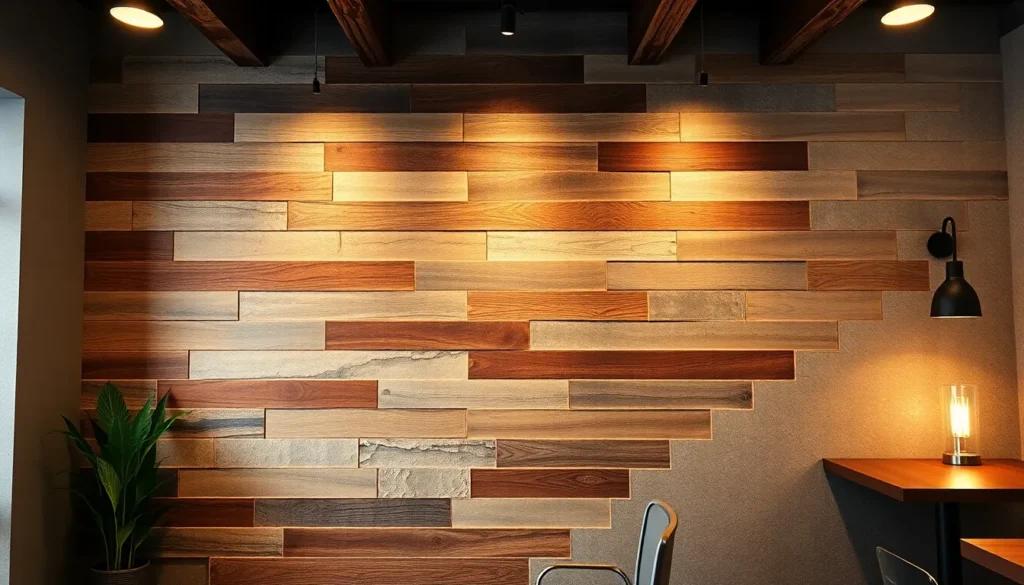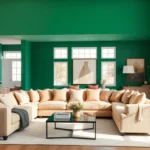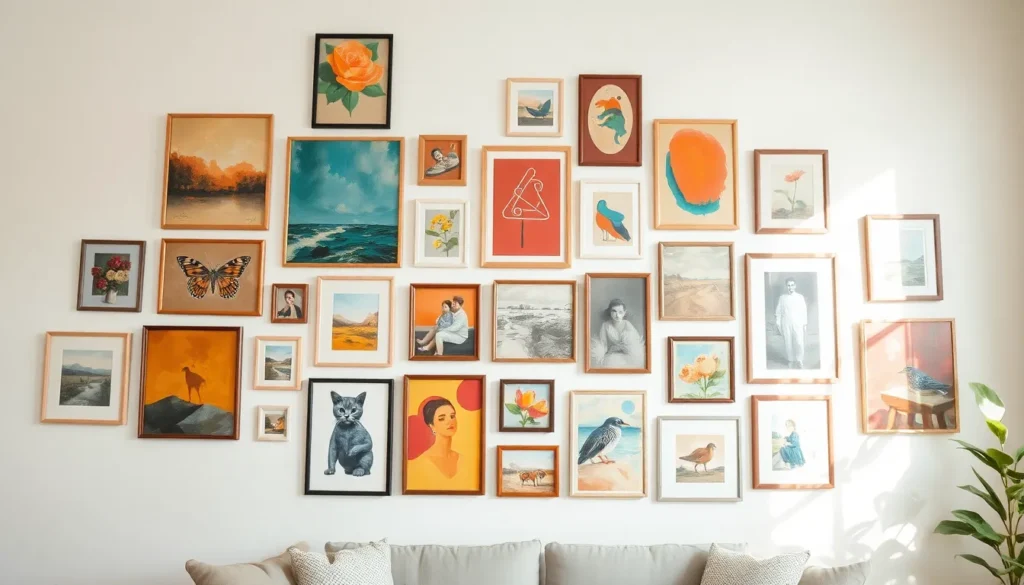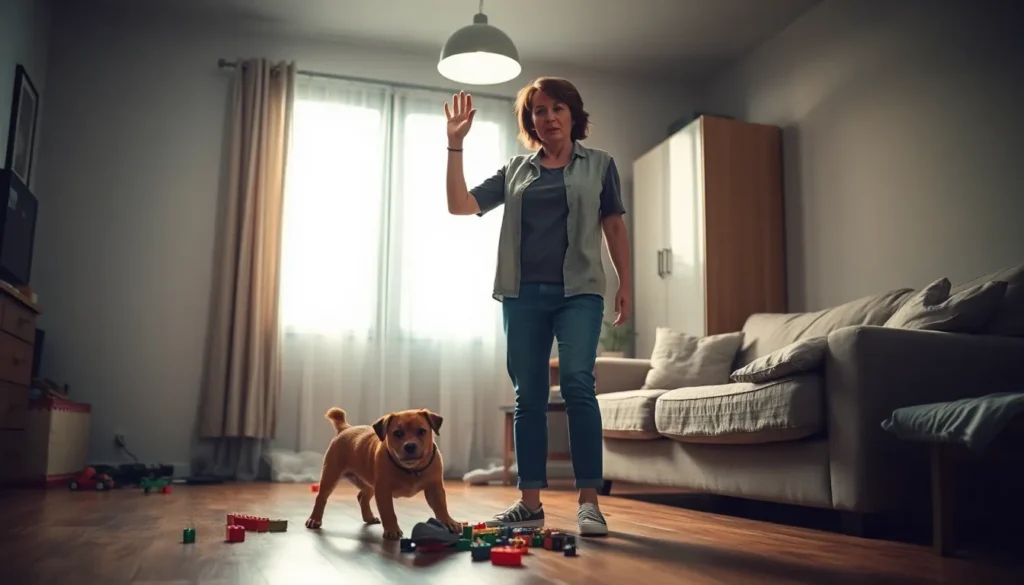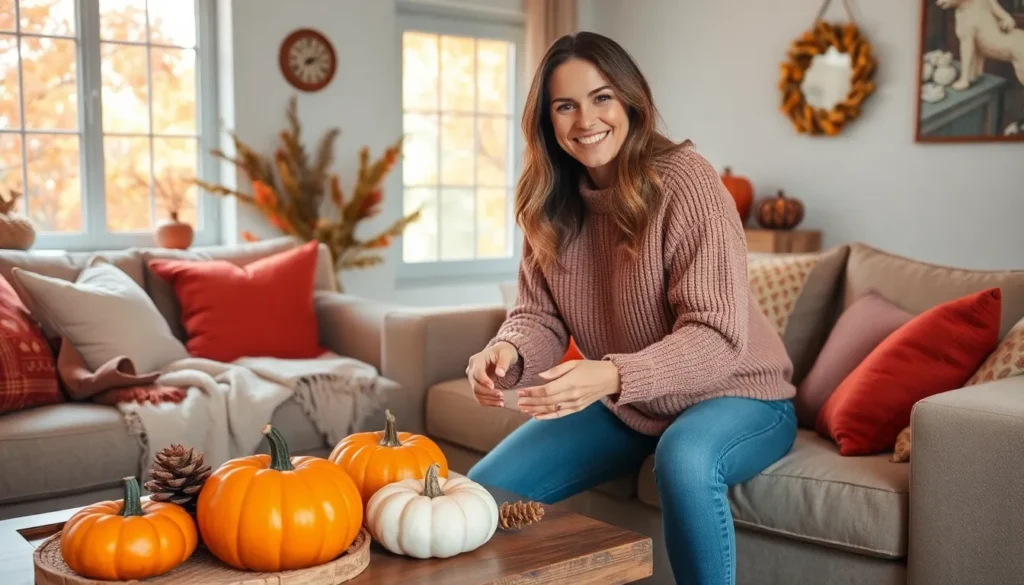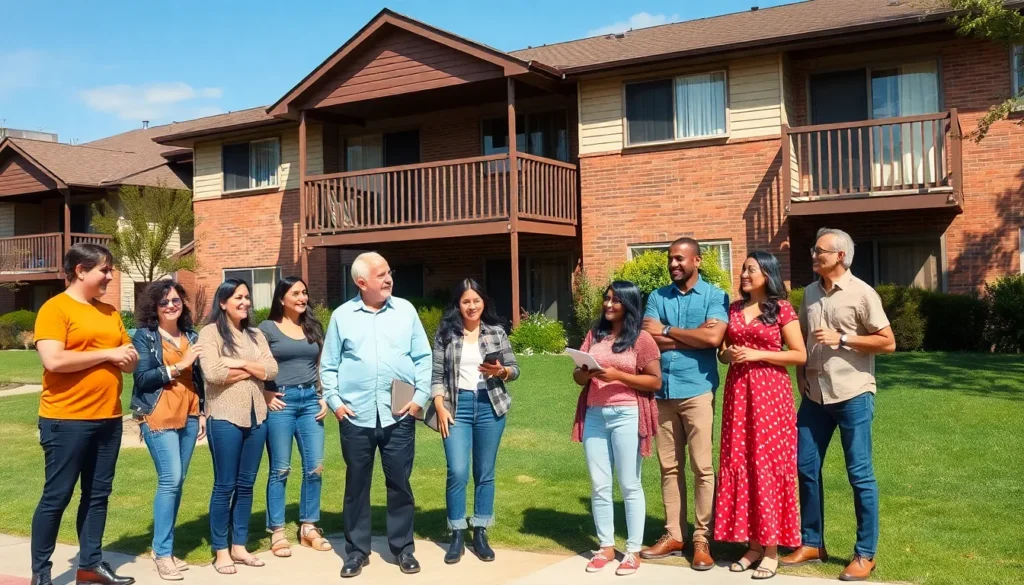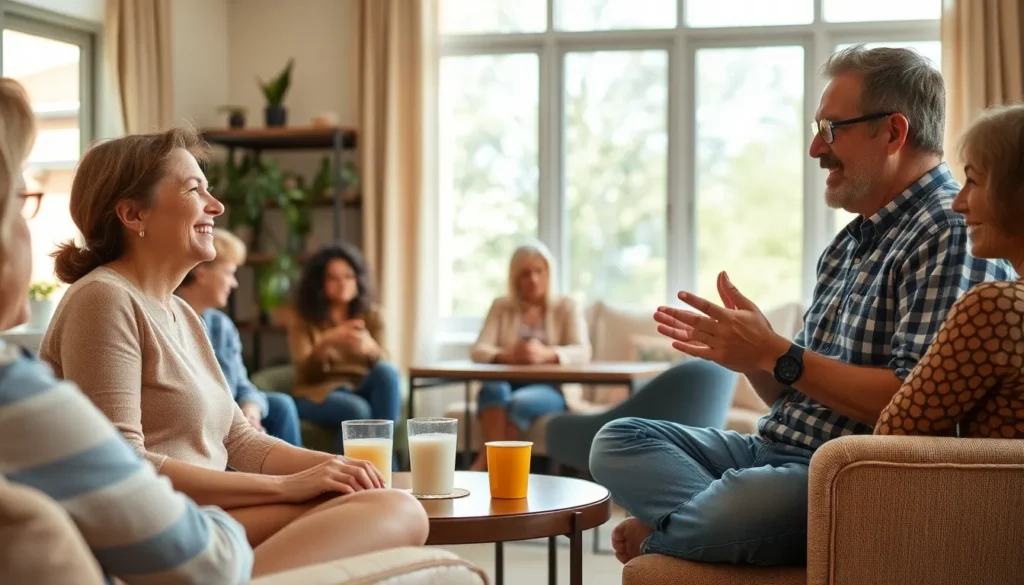Textured walls are the unsung heroes of interior design, adding depth and personality to any space. Forget about those flat, boring surfaces that make you feel like you’re living in a pancake. With textured walls, every room becomes a conversation starter, inviting guests to admire your bold choice.
Overview of Textured Walls
Textured walls play a critical role in interior design, providing visual interest and enhancing the overall aesthetic. Various techniques create these surfaces, including stucco, plaster, and wallpaper, each yielding unique results. Paint treatments can also achieve textural effects, allowing for a wide range of styles.
These design elements add depth to spaces, drawing attention to architectural features and creating focal points in rooms. They can evoke feelings of warmth, sophistication, or artistry, catering to diverse tastes and preferences. Homeowners often choose textured walls to counteract the monotony of flat surfaces, giving rooms a dynamic character.
Furthermore, textured walls serve practical purposes. They can hide imperfections in surfaces, making them ideal for older homes. Sound absorption is another benefit, as these walls can help in reducing echo and noise.
Different types of textures offer varying degrees of contrast. For instance, rough finishes create bold statements, while subtle textures provide a soft and elegant appearance. Popular textures like knockdown, orange peel, or Venetian plaster cater to specific design philosophies.
Incorporating textured walls aligns well with current design trends focusing on natural materials and tactile experiences. Designers often suggest pairing these surfaces with complementary furnishings and decor to create a cohesive look. Many professionals recommend using a neutral color palette to highlight texture without overwhelming the space.
Ultimately, textured walls enhance living environments, making them more inviting and visually appealing.
Types of Textured Walls
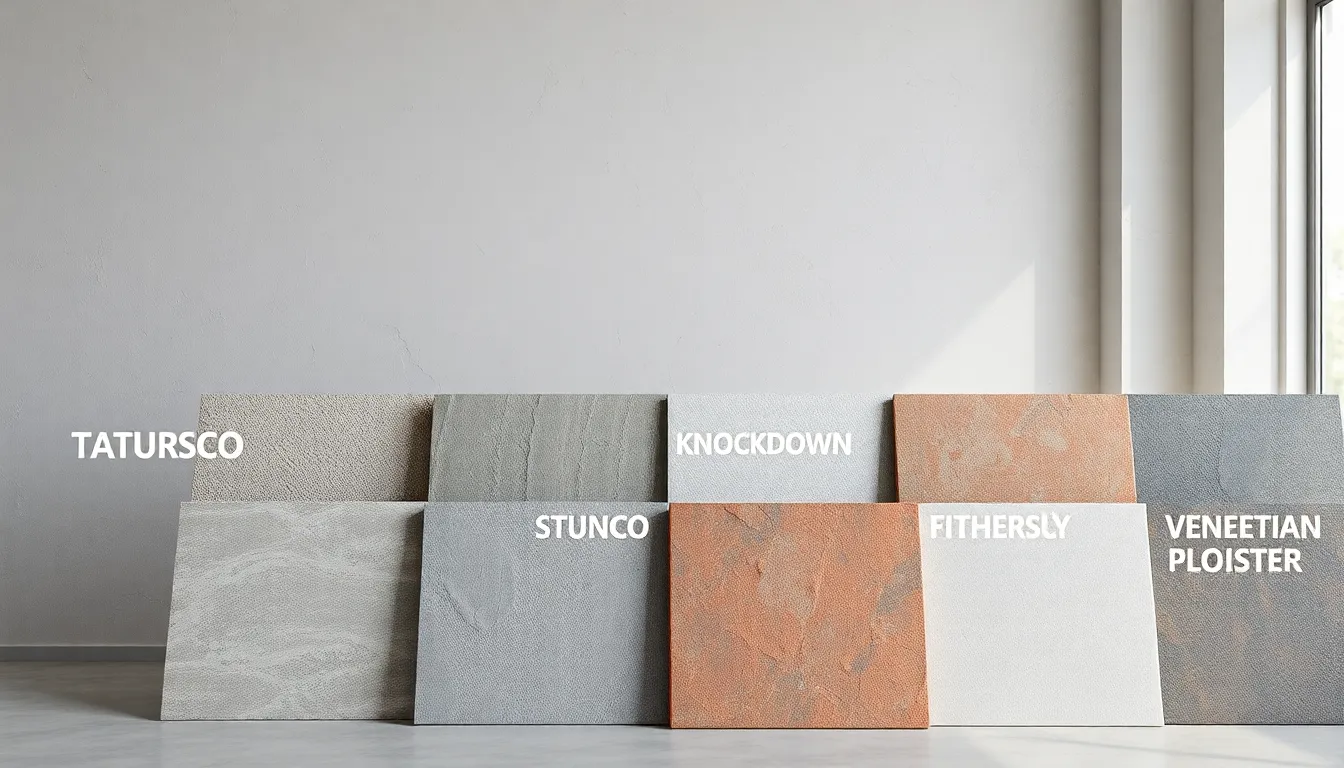
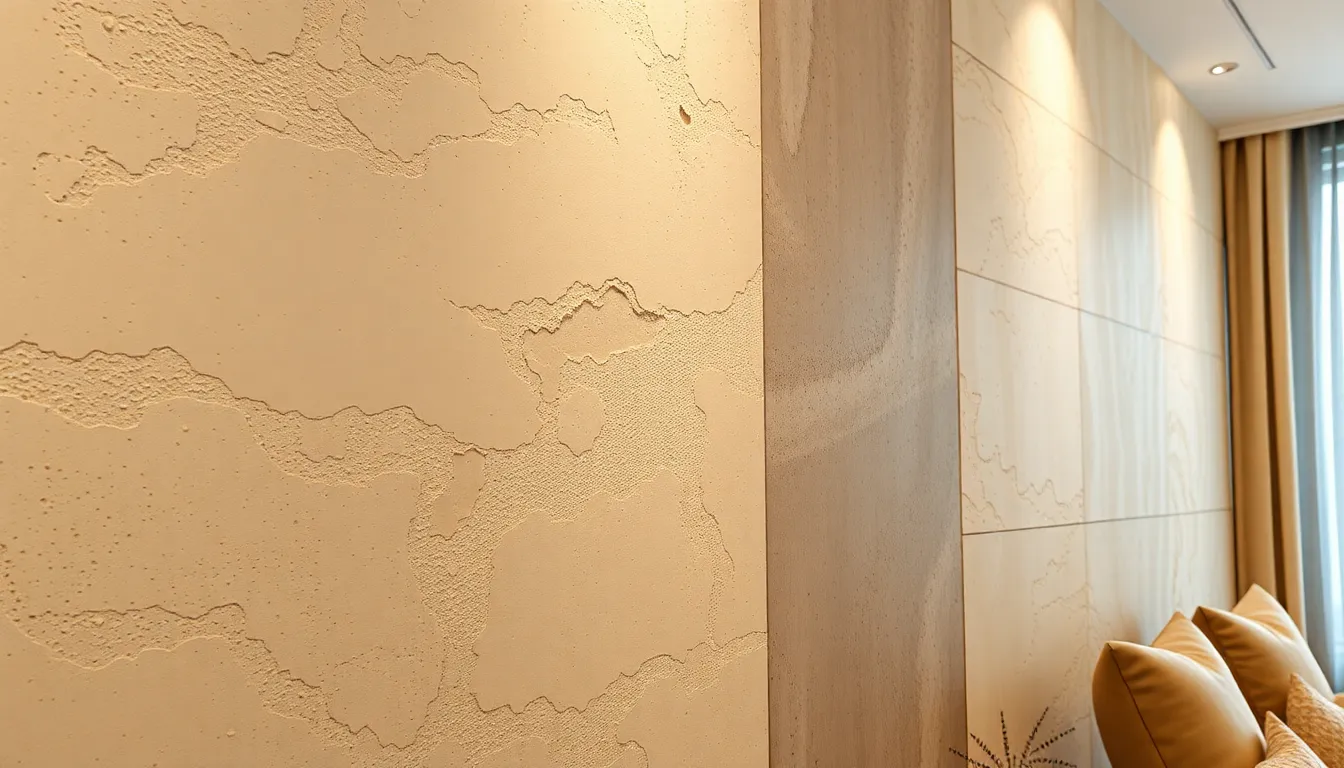
Textured walls come in various types, providing unique character and aesthetic appeal to spaces. The following sections detail popular techniques and materials used in creating textured walls.
Popular Techniques
Applying techniques such as stucco, knockdown, and Venetian plaster adds distinct visuals. Stucco creates a robust, Mediterranean-inspired surface with a rustic feel. The knockdown technique produces a soft, mottled effect, resulting in a modern appearance. Venetian plaster offers elegance through a smooth surface with a hint of sheen, reflecting light beautifully. Other techniques include bark cloth and sponge painting, which contribute additional variety and interest. Each method presents opportunities for customization, allowing designers to tailor textures to specific styles and preferences.
Materials Used
Common materials for textured walls include drywall, plaster, and wood. Drywall serves as a versatile base for many textures and is widely used due to its affordability. Plaster provides durability and offers a classic finish, ideal for intricate designs. Wood adds warmth and sophistication, particularly when using reclaimed or distressed pieces. Additionally, wallpaper with raised patterns supports unique textures while offering extensive design options. Textured paint also enhances surfaces, available in a range of finishes to suit various tastes. Each material plays a vital role in achieving the desired aesthetic effect.
Benefits of Textured Walls
Textured walls offer numerous advantages that enhance both visual appeal and functionality within a space.
Aesthetic Appeal
Textured walls significantly elevate the overall design of a room. Unique surfaces capture light in various ways, creating depth and interest. Stucco, for instance, evokes a rustic charm, while Venetian plaster communicates a sense of sophistication. Designers often choose textured features to break the monotony of flat surfaces. The variety of textures available allows for tailored aesthetics that suit any style, from modern to traditional. Textures also serve as focal points, guiding the eye and drawing attention to architectural elements. Implementing bold textures can create conversation starters, making rooms more inviting.
Functional Advantages
Textured walls provide practical benefits that enhance living spaces. They effectively hide imperfections in drywall or plaster, making them ideal for older homes or locations requiring aesthetic touch-ups. Sound absorption is another functional benefit of textured surfaces, helping to reduce noise levels and improve acoustics. They also contribute to insulating properties, resulting in improved energy efficiency. Cleaning textured walls can be simpler, as their surfaces may conceal dust and stains. Selecting durable materials ensures these walls withstand wear and tear while maintaining visual appeal. Overall, textured walls combine beauty with practicality, offering an appealing solution for modern interiors.
Installation Process
The installation process for textured walls requires careful preparation and precise application. Following these steps ensures a successful outcome.
Preparation Steps
Initially, gather all necessary materials and tools. This includes drywall, plaster, or wallpaper, along with tools like trowels, brushes, and rollers. Next, the work area should be cleared and covered to prevent messes. Preparing the wall surface involves cleaning and repairing any imperfections, ensuring a smooth base. Once the walls are ready, it’s crucial to measure and mark the desired pattern or design. Prior to applying any materials, it’s essential to allow any repairs or primer to dry completely.
Application Techniques
Selecting the right application technique depends on the desired texture. For instance, stucco requires the use of a trowel to apply and shape the mixture. Knockdown techniques involve spraying a texture compound and flattening it slightly for a mottled effect. Venetian plaster demands a careful layering process, creating a polished finish. Each technique has its own timing; some may allow for immediate application of subsequent layers, while others need curing time. After application, clean tools immediately to maintain them in good condition.
Maintenance of Textured Walls
Maintaining textured walls involves regular cleaning and prompt repairs to keep their beauty intact and prolong their lifespan. Proper care ensures these surfaces continue to enhance interior spaces.
Cleaning and Care Tips
Cleaning textured walls requires specific approaches. Soft brushes or microfiber cloths effectively remove dust without damaging surfaces. For tougher stains, a mild soapy water solution works well. It’s essential to test the cleaner on a small, inconspicuous area first. Regular maintenance includes wiping down surfaces every few weeks to minimize build-up and maintain appearance. Avoid abrasive tools, as they can scratch and harm textures. When using water, ensure excess moisture does not settle into crevices, leading to mold or damage.
Repairing Damages
Repairing damages on textured walls involves several key steps. First, assess the extent of the damage to determine the appropriate method. For minor scuffs, a quick touch-up with matching paint suffices. In cases of larger dents or cracks, patching materials, like spackle or joint compound, provide a reliable solution. Apply the filler and smooth it to match the surrounding texture as closely as possible. Sanding might then be necessary for a seamless finish. Once repairs dry, repainting or reapplying texture may complete the restoration process, restoring the wall’s integrity and visual appeal.
Textured walls offer a unique opportunity to elevate interior spaces with their visual and tactile appeal. By incorporating various techniques and materials, they bring depth and character to any room. Their ability to hide imperfections while enhancing acoustics makes them a practical choice for modern living.
Regular maintenance ensures these surfaces remain stunning and functional over time. Whether opting for a bold stucco finish or the elegance of Venetian plaster, textured walls can transform a home into a stylish sanctuary. Embracing this design trend not only aligns with contemporary aesthetics but also creates inviting environments that reflect personal style.

